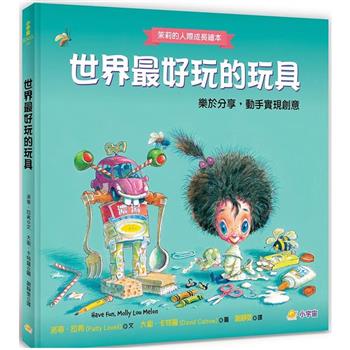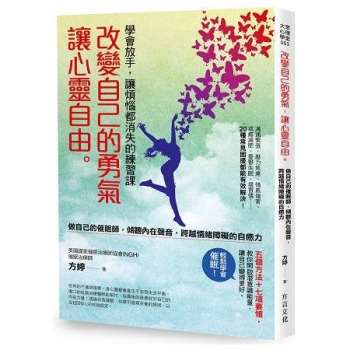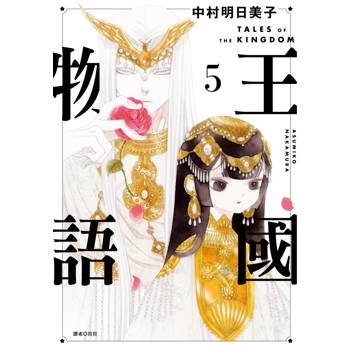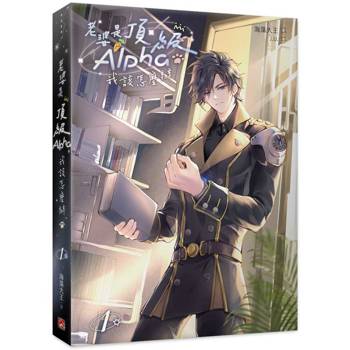| FindBook |
有 1 項符合
Frederic Leighton的圖書 |
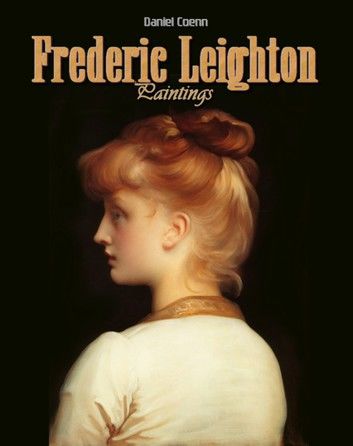 |
Frederic Leighton 作者:Daniel Coenn 出版社:Classic & Annotated 出版日期:2013-07-04 語言:英文 |
| 圖書選購 |
| 型式 | 價格 | 供應商 | 所屬目錄 | 電子書 |
$ 68 |
藝術家、建築師與攝影師 |
|---|
| 圖書館借閱 |
| 國家圖書館 | 全國圖書書目資訊網 | 國立公共資訊圖書館 | 電子書服務平台 | MetaCat 跨館整合查詢 |
| 臺北市立圖書館 | 新北市立圖書館 | 基隆市公共圖書館 | 桃園市立圖書館 | 新竹縣公共圖書館 |
| 苗栗縣立圖書館 | 臺中市立圖書館 | 彰化縣公共圖書館 | 南投縣文化局 | 雲林縣公共圖書館 |
| 嘉義縣圖書館 | 臺南市立圖書館 | 高雄市立圖書館 | 屏東縣公共圖書館 | 宜蘭縣公共圖書館 |
| 花蓮縣文化局 | 臺東縣文化處 |
|
|
Lord Frederic Leighton was one of the most famous British artists of the nineteenth century. He preferred to paint subject matter that was connected to ancient Greek and Roman mythology and intended for his paintings to be visually beautiful. Leighton's paintings have a reputation for bright colors and firmly drawn figures. Leighton's contemporaries included the French Impressionist painters and he would have seen the work of Monet, Renoir and others in both Paris and London. Leighton said of the Impressionists that 'Impressionism is a reaction from the old conventionalism, but an impressionist must not forget that it is the deep-sinking and not the fugitive impressions which are the best'. Leighton's role at the Royal Academy included the education of younger artists. His great ability for this is summed up in the words of one of his pupils; the sculptor Hamo Thornycroft wrote, 'he was the most energetic and took the greatest pains to help the students. He was, moreover, an inspiring master'.
Lord Frederic Leighton was one of the most famous British artists of the nineteenth century. He preferred to paint subject matter that was connected to ancient Greek and Roman mythology and intended for his paintings to be visually beautiful. Leighton's paintings have a reputation for bright colors and firmly drawn figures. Leighton's contemporaries included the French Impressionist painters and he would have seen the work of Monet, Renoir and others in both Paris and London. Leighton said of the Impressionists that 'Impressionism is a reaction from the old conventionalism, but an impressionist must not forget that it is the deep-sinking and not the fugitive impressions which are the best'. Leighton's role at the Royal Academy included the education of younger artists. His great ability for this is summed up in the words of one of his pupils; the sculptor Hamo Thornycroft wrote, 'he was the most energetic and took the greatest pains to help the students. He was, moreover, an inspiring master'.
Lord Frederic Leighton was one of the most famous British artists of the nineteenth century. He preferred to paint subject matter that was connected to ancient Greek and Roman mythology and intended for his paintings to be visually beautiful. Leighton's paintings have a reputation for bright colors and firmly drawn figures. Leighton's contemporaries included the French Impressionist painters and he would have seen the work of Monet, Renoir and others in both Paris and London. Leighton said of the Impressionists that 'Impressionism is a reaction from the old conventionalism, but an impressionist must not forget that it is the deep-sinking and not the fugitive impressions which are the best'. Leighton's role at the Royal Academy included the education of younger artists. His great ability for this is summed up in the words of one of his pupils; the sculptor Hamo Thornycroft wrote, 'he was the most energetic and took the greatest pains to help the students. He was, moreover, an inspiring master'.
Lord Frederic Leighton was one of the most famous British artists of the nineteenth century. He preferred to paint subject matter that was connected to ancient Greek and Roman mythology and intended for his paintings to be visually beautiful. Leighton's paintings have a reputation for bright colors and firmly drawn figures. Leighton's contemporaries included the French Impressionist painters and he would have seen the work of Monet, Renoir and others in both Paris and London. Leighton said of the Impressionists that 'Impressionism is a reaction from the old conventionalism, but an impressionist must not forget that it is the deep-sinking and not the fugitive impressions which are the best'. Leighton's role at the Royal Academy included the education of younger artists. His great ability for this is summed up in the words of one of his pupils; the sculptor Hamo Thornycroft wrote, 'he was the most energetic and took the greatest pains to help the students. He was, moreover, an inspiring master'.
Lord Frederic Leighton was one of the most famous British artists of the nineteenth century. He preferred to paint subject matter that was connected to ancient Greek and Roman mythology and intended for his paintings to be visually beautiful. Leighton's paintings have a reputation for bright colors and firmly drawn figures. Leighton's contemporaries included the French Impressionist painters and he would have seen the work of Monet, Renoir and others in both Paris and London. Leighton said of the Impressionists that 'Impressionism is a reaction from the old conventionalism, but an impressionist must not forget that it is the deep-sinking and not the fugitive impressions which are the best'. Leighton's role at the Royal Academy included the education of younger artists. His great ability for this is summed up in the words of one of his pupils; the sculptor Hamo Thornycroft wrote, 'he was the most energetic and took the greatest pains to help the students. He was, moreover, an inspiring master'.
Lord Frederic Leighton was one of the most famous British artists of the nineteenth century. He preferred to paint subject matter that was connected to ancient Greek and Roman mythology and intended for his paintings to be visually beautiful. Leighton's paintings have a reputation for bright colors and firmly drawn figures. Leighton's contemporaries included the French Impressionist painters and he would have seen the work of Monet, Renoir and others in both Paris and London. Leighton said of the Impressionists that 'Impressionism is a reaction from the old conventionalism, but an impressionist must not forget that it is the deep-sinking and not the fugitive impressions which are the best'. Leighton's role at the Royal Academy included the education of younger artists. His great ability for this is summed up in the words of one of his pupils; the sculptor Hamo Thornycroft wrote, 'he was the most energetic and took the greatest pains to help the students. He was, moreover, an inspiring master'.
Lord Frederic Leighton was one of the most famous British artists of the nineteenth century. He preferred to paint subject matter that was connected to ancient Greek and Roman mythology and intended for his paintings to be visually beautiful. Leighton's paintings have a reputation for bright colors and firmly drawn figures. Leighton's contemporaries included the French Impressionist painters and he would have seen the work of Monet, Renoir and others in both Paris and London. Leighton said of the Impressionists that 'Impressionism is a reaction from the old conventionalism, but an impressionist must not forget that it is the deep-sinking and not the fugitive impressions which are the best'. Leighton's role at the Royal Academy included the education of younger artists. His great ability for this is summed up in the words of one of his pupils; the sculptor Hamo Thornycroft wrote, 'he was the most energetic and took the greatest pains to help the students. He was, moreover, an inspiring master'.
Lord Frederic Leighton was one of the most famous British artists of the nineteenth century. He preferred to paint subject matter that was connected to ancient Greek and Roman mythology and intended for his paintings to be visually beautiful. Leighton's paintings have a reputation for bright colors and firmly drawn figures. Leighton's contemporaries included the French Impressionist painters and he would have seen the work of Monet, Renoir and others in both Paris and London. Leighton said of the Impressionists that 'Impressionism is a reaction from the old conventionalism, but an impressionist must not forget that it is the deep-sinking and not the fugitive impressions which are the best'. Leighton's role at the Royal Academy included the education of younger artists. His great ability for this is summed up in the words of one of his pupils; the sculptor Hamo Thornycroft wrote, 'he was the most energetic and took the greatest pains to help the students. He was, moreover, an inspiring master'.L
|


